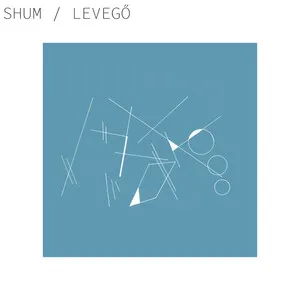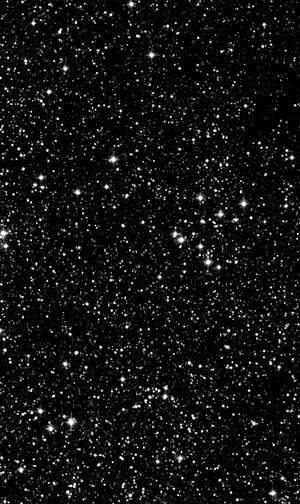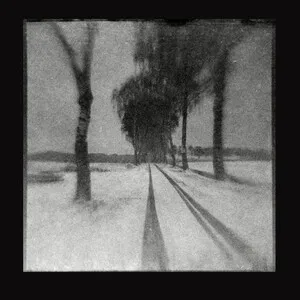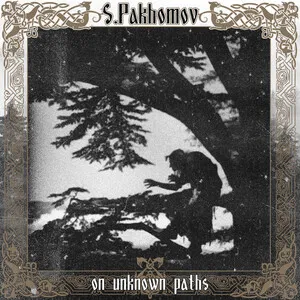Ambient noise wall (ANW) is a microgenre of noise music that blends the monolithic, unchanging "wall" aesthetics of harsh noise wall with the hushed, enveloping qualities of ambient and drone. Instead of abrasive, high-intensity textures, ANW typically presents a subdued, steady-state roar, hush, or rumble that remains largely static over long durations.
The focus is on immersion, timbral depth, and the perception of minute internal movements within an ostensibly unvarying sound mass. Dynamics are minimal, rhythm and melody are absent, and pieces often run for extended lengths, encouraging deep listening and spatial awareness.
Typical sources include filtered white/pink/brown noise, room tone, tape hiss, HVAC hums, and distant environmental recordings—shaped with narrow EQ bands, gentle saturation, and compression to form a soft yet impenetrable “wall.” Releases often appear on cassette/CDr with minimalist artwork to reinforce the austere, environmental character of the music.
Ambient noise wall emerged in the early 2010s from the international cassette/CDr noise underground. It grew out of harsh noise wall (HNW)—a style defined by static, monolithic noise popularized in the late 2000s—while absorbing strategies from ambient, drone, and dark ambient. Artists began exploring lower-intensity, band-limited textures where the wall’s implacable form was retained but the timbral palette became hushed, breathable, and environmental.
Small-run labels, netlabels, and trading communities helped codify the sound: long-form, minimally dynamic pieces that privileged texture over aggression. Practitioners favored room tone, tape hiss, HVAC hums, and subtle field recordings, sculpted with EQ and compression into a seamless slab of sound. The effect is less confrontational than HNW, but just as focused—inviting meditative listening and microscale attention to internal movement.
ANW releases typically appear on cassette/CDr with understated design—monochrome photography, abstract textures, or site-specific imagery. Track titles may reference places, weather, architectural interiors, or times of day, framing the wall as a durational snapshot of an environment. Live sets mirror the studio approach: minimal gestures, fixed setups, and an emphasis on presence and immersion rather than performance theater.
While remaining niche, ANW has fed back into the noise ecosystem and intersected with internet-era genres. Its static, textural approach influenced crossovers with vaporwave-adjacent experimentation (e.g., vapornoise), while also informing the quieter edges of wall-oriented practice and ambient/drone scenes.


%20Final%20Chapter%5D%2C%20Cover%20art.webp)





